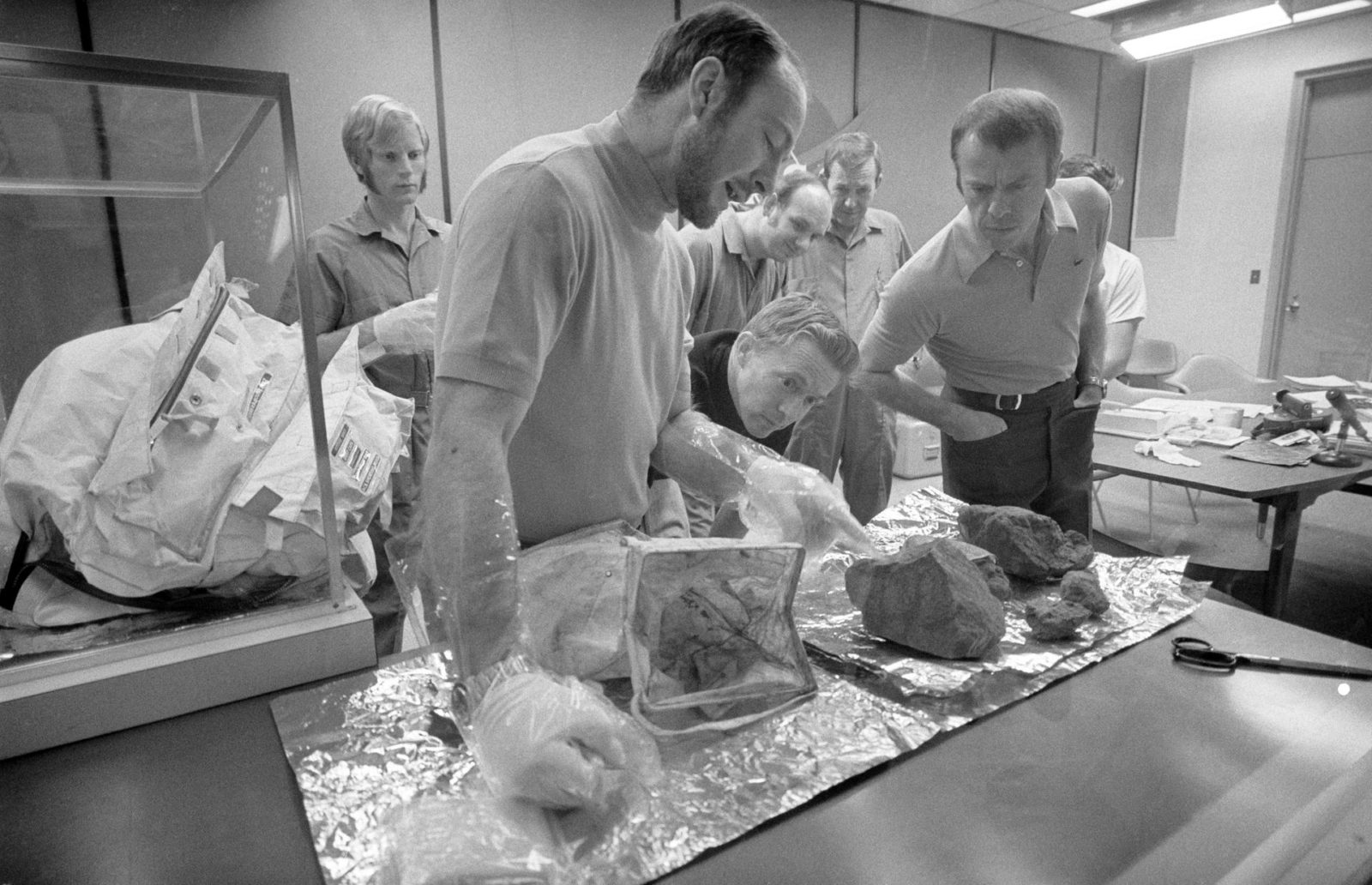One Giant Leap for Mankind…AND for Science
“One glimpse answered ages of speculation; you could see theories falling all around.”
These were the words of Harvard geologist Clifford Frondel describing his first experience studying rocks brought back from the Moon by the Apollo 11 astronauts. We hear so much about the achievements of the Apollo program in terms of engineering prowess, political will, and global pride in that “giant leap” of human endeavor.
But what about the science? How much did the Apollo program contribute to science? To our understanding of the origin and structure of the Moon? Or the evolution of our Solar System. Or for that matter, the evolution of the Earth? The short answer to all of these questions: A lot.
Three theories that didn’t hold up after Apollo
Prior to the Apollo program, there were three conflicting theories about the origin of the Moon: the fission theory; the co-accretion theory; and the capture theory.
The fission theory: that early in the Solar System’s formation, when the Earth was still a hot, molten blob, its rapid rotation caused a portion of its mass to separate, going into orbit around the proto-Earth and eventually becoming the Moon.
The co-accretion theory: the Earth and the Moon formed separately but close together, in the same part of the pre-solar cloud of gas and dust orbiting the early Sun.
The capture theory: the Earth and the Moon formed in separate regions of the Solar System, but migrated together due to the gravitational evolution of planet orbits.
None of these theories survived the Apollo program.
Within a few years after Apollo, as scientists studied those Moon rocks and recognized their remarkable similarity to rocks on Earth, a completely new theory emerged for how the Moon formed and how it related to the Earth.
The Moon was Always Part of Us

Scientists now agree that the Moon formed as the result of a collision between the early Earth and a smaller proto-planet we now call ‘Theia.’ That collision broke away a large portion of the Earth’s outer layers, which mixed with the pulverized remnants of Theia. Much of that material fell back onto the Earth, but some of it remained in orbit and eventually coalesced into the Moon.
There are many such examples of the science that came out of the Apollo program, and there’s more on the way. A large percentage of the 842 pounds of Apollo lunar rocks are still sealed in vaults, not yet subject to scientific examination.
So next time you hear someone claim that the Apollo program was all about politics and beating the Russians, you might want to talk to a scientist.
Especially one of those who has made a career out of studying lunar rocks.
And who wishes we would go get more.





